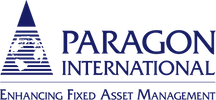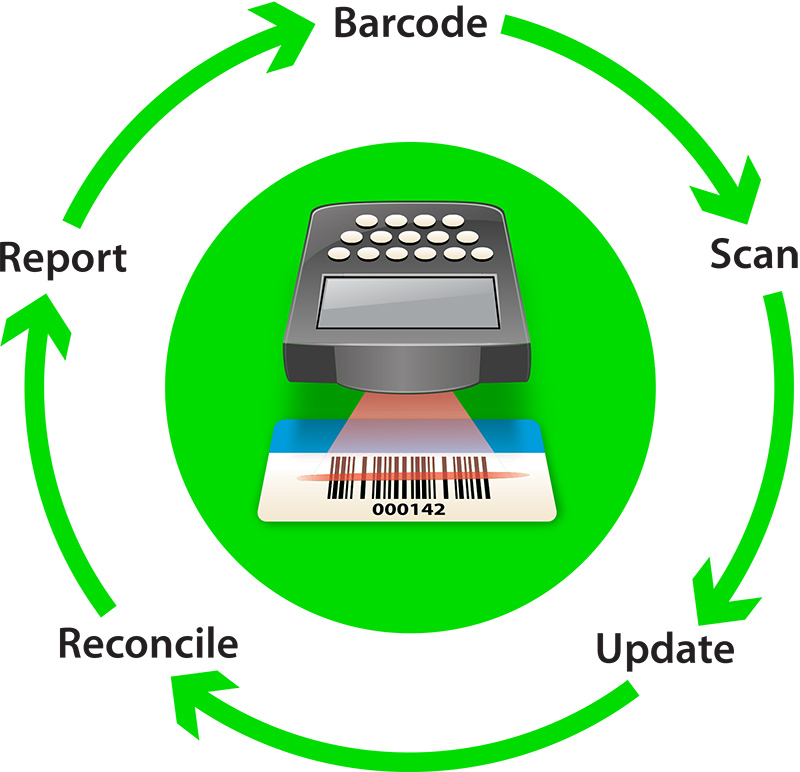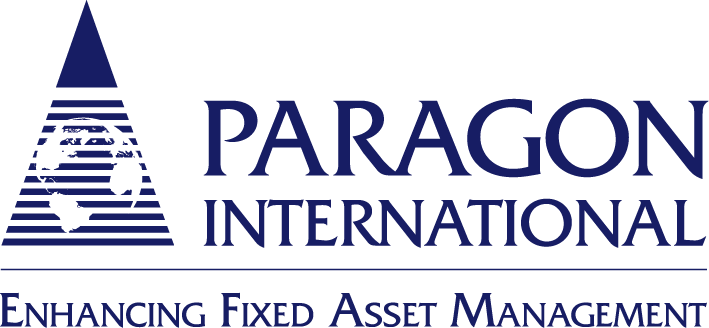Fixed Asset Inventory Services
Track and Reconcile Your Inventory with Paragon’s Fixed Asset Inventory Services
Many companies are not aware of the importance of maintaining an accurate fixed asset inventory. They have not established regular procedures for managing their fixed assets and don’t have an accurate inventory.
A proper accounting of fixed assets can improve planning and budgeting, save time and money, reduce theft, eliminate ghosts, find zombie assets, and help an organization recover after a natural disaster. A Paragon client learned just how important an accurate fixed asset inventory is when disaster strikes. We helped them implement a fixed asset inventory solution just in time – shortly before their building took a direct hit from a hurricane – and helped them quickly recover. Check out their success story and video.
The Fixed Asset Inventory Process
Implementation of a complete fixed asset inventory solution involves a series of steps to ensure an accurate accounting. An effective fixed asset management system is an ongoing process of Barcode, Scan, Update, Reconcile and Report – as illustrated in the graphic below.
Paragon’s fixed asset inventory services include a fixed asset inventory and reconciliation to clean up your records. By eliminating ghost assets, you will generate cash flow by reducing insurance expense for ghost assets, personal property taxes and other related costs. Using a fixed asset tracking system along with barcode scanners and labels, you can do it yourself, or use our turnkey Paragon Inventory Solution. The following steps outline the fixed asset inventory services included in the Paragon Inventory Solution.
- Establish which assets will be included in the inventory and how they will be identified, individually or as a group.
- Analyze existing fixed asset records to categorize assets. Some asset groups may include:
- Physical inventory assets
- Prior system real property, intangibles and non-inventory assets
- Asset additions since the initial ledger review
- Clean up data to establish separate fields for manufacturer, model, serial number, department and GL account numbers. (Typically limited detailed structure exists in database or spreadsheets.)
- Perform a physical inventory, tagging assets as necessary, which is linked with barcode technology and asset tags.
- Establish initial acquisition costs and placed-in-service dates for the new list of asset inventory using valuation appraisals and records.
- Reconcile the results with existing fixed asset ledgers by class and year to identify unrecorded retirements and additions to GL.
- Integrate the new list of verified assets with current non-inventoried assets such as software, patents, land, buildings and facilities to develop a comprehensive ledger of all assets.
- Set up the new asset database in a proven fixed asset management solution, such as Sage Fixed Assets.
- Take the drudgery out of depreciation calculations and tax reporting by using Sage Fixed Assets – Depreciation to accurately integrate the complicated tax bonus depreciation calculations with the appropriate assets that qualify.
- Provide final cost reconciliation reports identifying unrecorded retirements for write-off and documenting of tax savings.
- Provide an implementation plan to keep the asset database records up to date with what’s on the floor using Sage Fixed Assets – Tracking with integrated bar code technology.
- Establish procedures for managing assets from cradle to grave.
- Train appropriate personnel within the organization.
Take Charge of Your Fixed Assets
Ready to get started? Contact Paragon today for a no-obligation initial consultation on how you can simplify the tracking of your fixed assets – and reduce costs.




